I previously gave some tips for oil and acrylic painting, so I thought I would complete the circle and give some watercolor painting tips for beginners.
Watercolors are not my preferred medium but I do use them from time to time. I absolutely love the way water and colors interact on the paper in an untamed manner.
With watercolors, you can produce stunningly elegant paintings. But they are generally considered to be the most difficult medium to learn, as you are not able to easily correct errors due to the uncontrolled nature of water.
So to help you out, here are 10 watercolor painting tips for beginners. If you are more advanced, you probably already know these tips, but feel free to add any of your own tips in the comment section at the end.
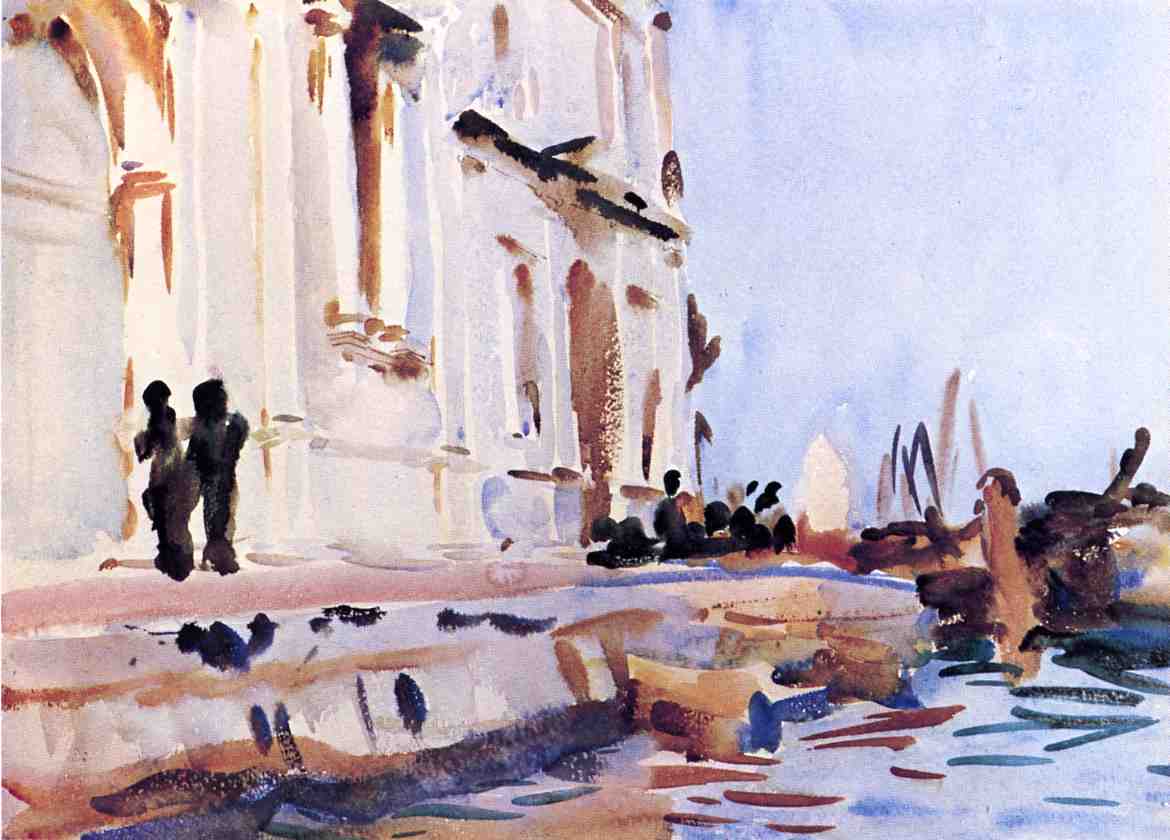
- 1: Be Careful, but Not Tight
- 2: Learn How the Colors Interact
- 3: Use Masking Fluid to Preserve Your Whites
- 4: Make Corrections Using the Lifting Technique
- 5: Use a Hair Dryer
- 6: Splatter Your Paint
- 7: Use Artist-Quality Watercolor Materials
- 8: Use the Dry-Brush Technique to Apply Bold Strokes of Color
- 9: Paint From Light to Dark
- 10: Preserve Your Whites!
- Thanks for Reading!
1: Be Careful, but Not Tight
If you make a mistake in watercolor painting, it is often not an easy fix. A mistake made is a mistake that stays, unfortunately.
So of course, you need to be careful with watercolor painting, arguably more so than with acrylics and oils. However, that does not mean you should be painting very tight. You still want to utilize that loose and free-flowing brushwork that watercolor paintings are known for.
Many of the great watercolor paintings seem to be a hybrid of loose and delicate brushwork, which complement each other nicely.
You need to be willing to accept that mistakes will happen in watercolor painting. Otherwise, you will paint far too reluctantly. This will not come easily when you start out with watercolors. You will either paint loose but with many mistakes, or tight with… probably still many mistakes.
But with experience, you will be able to loosen your technique and retain a high level of accuracy.
2: Learn How the Colors Interact
One of the most challenging aspects of watercolor painting is the element of uncertainty in relation to how the water and colors will interact on your paper. To limit the uncertainty, you should develop your knowledge of color theory to better understand how the colors will interact.
I put together a guide to the color theory here.
Without knowledge of color theory, you may unintentionally muddy up your painting as you experiment on the paper. Unlike acrylic and oil painting, there is a lot of color mixing on the paper with watercolors.
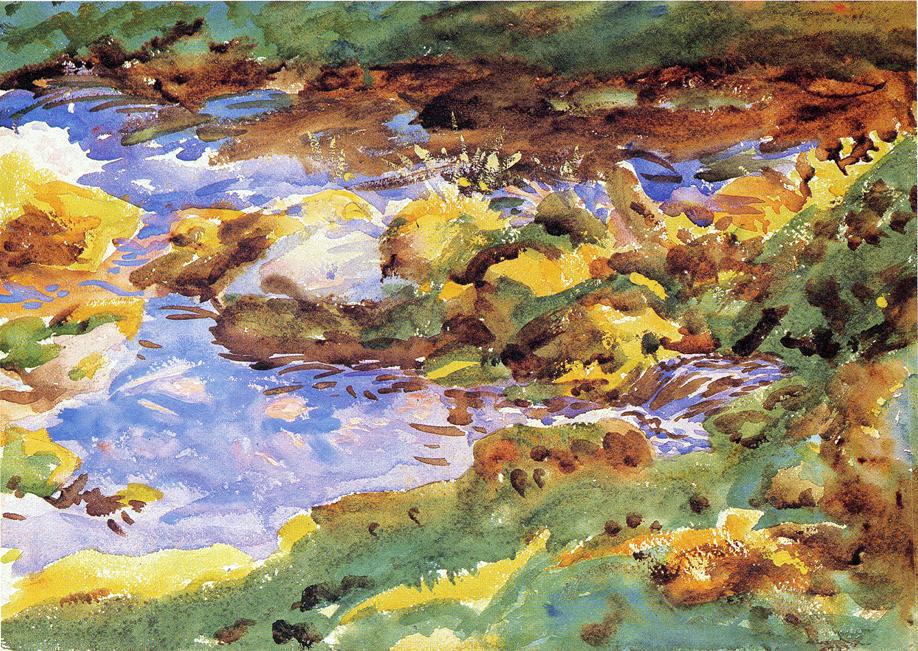
3: Use Masking Fluid to Preserve Your Whites
You can use masking fluid to cover areas of white paper that you do not want to be hit by paint. This is perfect for doing washes of color whilst keeping areas of paper protected from the paint.
When you are ready, you can easily remove the masking fluid and continue painting in that area.
This is perfect for detailing finer areas in your painting or to keep areas of white on the paper exposed.
4: Make Corrections Using the Lifting Technique
By using the lifting technique, you can ‘lift’ some of the water and paint from the paper. For example, say you placed down too much green in the trees. You can use the lifting technique to remove some of that color and then make any necessary adjustments.
You will not be able to completely fix any mistakes, but you will be able to mitigate the damage.
This video discusses the watercolor lifting technique:
5: Use a Hair Dryer
There is no need to wait for the paint to dry on your paper before continuing. You can use a hair dryer to speed up the drying time of the paint. You can even use a hair dryer to just speed up the drying time of small portions of your painting and leave the rest of the painting wet.
6: Splatter Your Paint
A great watercolor painting technique is to splatter paint onto the paper. This creates a very interesting effect which can be perfect for landscapes to depict grass and trees, or to create some variance in your painting.
All you need to do is load your brush with paint and water and pull the bristles back with your fingers. Then release the bristles and let the paint ‘splatter’ onto the canvas.
This video demonstrates the splatter watercolor painting technique:
7: Use Artist-Quality Watercolor Materials
If you are starting out, then there is nothing wrong with using cheap art materials. However, there is a noticeable difference between the high quality and cheap materials.
So when you are more developed (or just if you have the budget), I recommend you invest in some high-quality brushes, paints and paper to use. You should immediately feel the difference.
8: Use the Dry-Brush Technique to Apply Bold Strokes of Color
It is common practice in watercolor painting to start with light washes of color. A great way to create more interest in your painting is to contrast these general washes with areas of bold strokes using the dry-brush technique.
The dry-brush technique involves using paint with very little water. The paint will scumble onto the paper and create a very interesting textured effect, which contrasts nicely against loose brushwork. The paint will also be more opaque than when mixed with more water.
Here is a video that discusses the dry-brush technique:
9: Paint From Light to Dark
Most artists who use acrylic and oil paints will paint from dark to light. But in watercolor painting, it is common practice to start from light to dark.
This is because it can be very difficult to keep your lights protected if you start with all your darks. If you get dark paint on an area that is meant to be light, then you don’t really have many options to correct the mistake.
10: Preserve Your Whites!
The whites in your watercolor painting are extremely fragile. Once color hits your paper, you will lose that beautiful white. So you want to try your best to protect any areas of white paper which you want to be exposed in the finished painting.
Here are some beautiful examples of leaving white paper exposed in a finished watercolor painting by Winslow Homer:
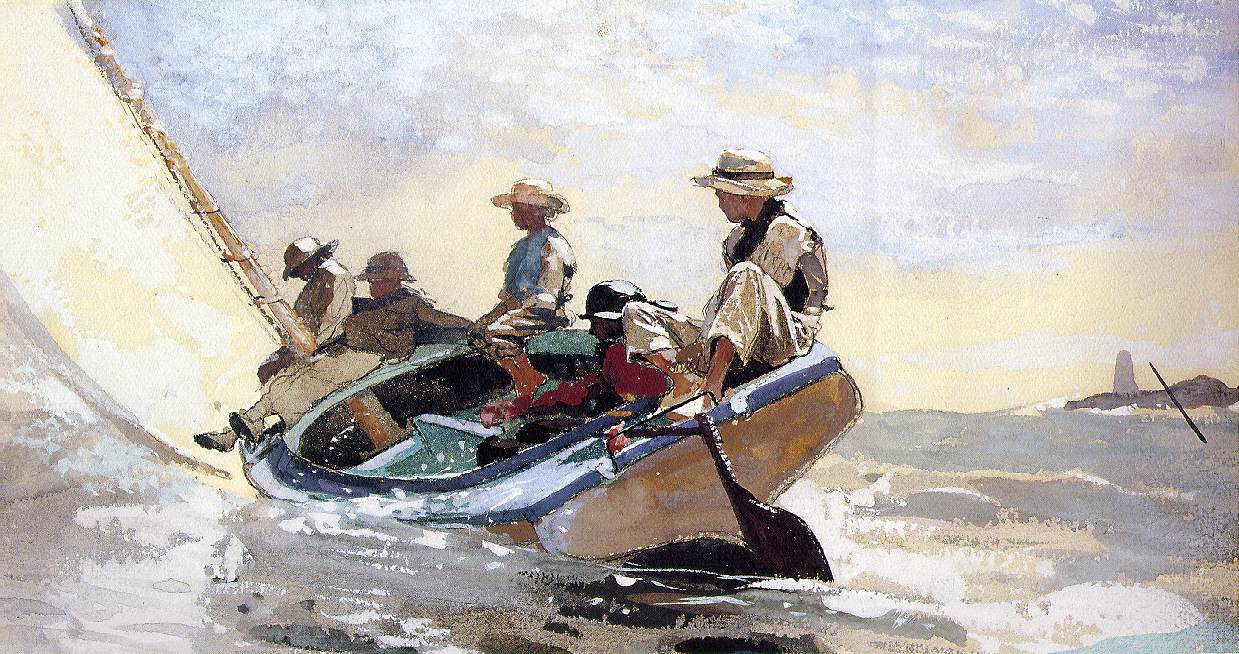
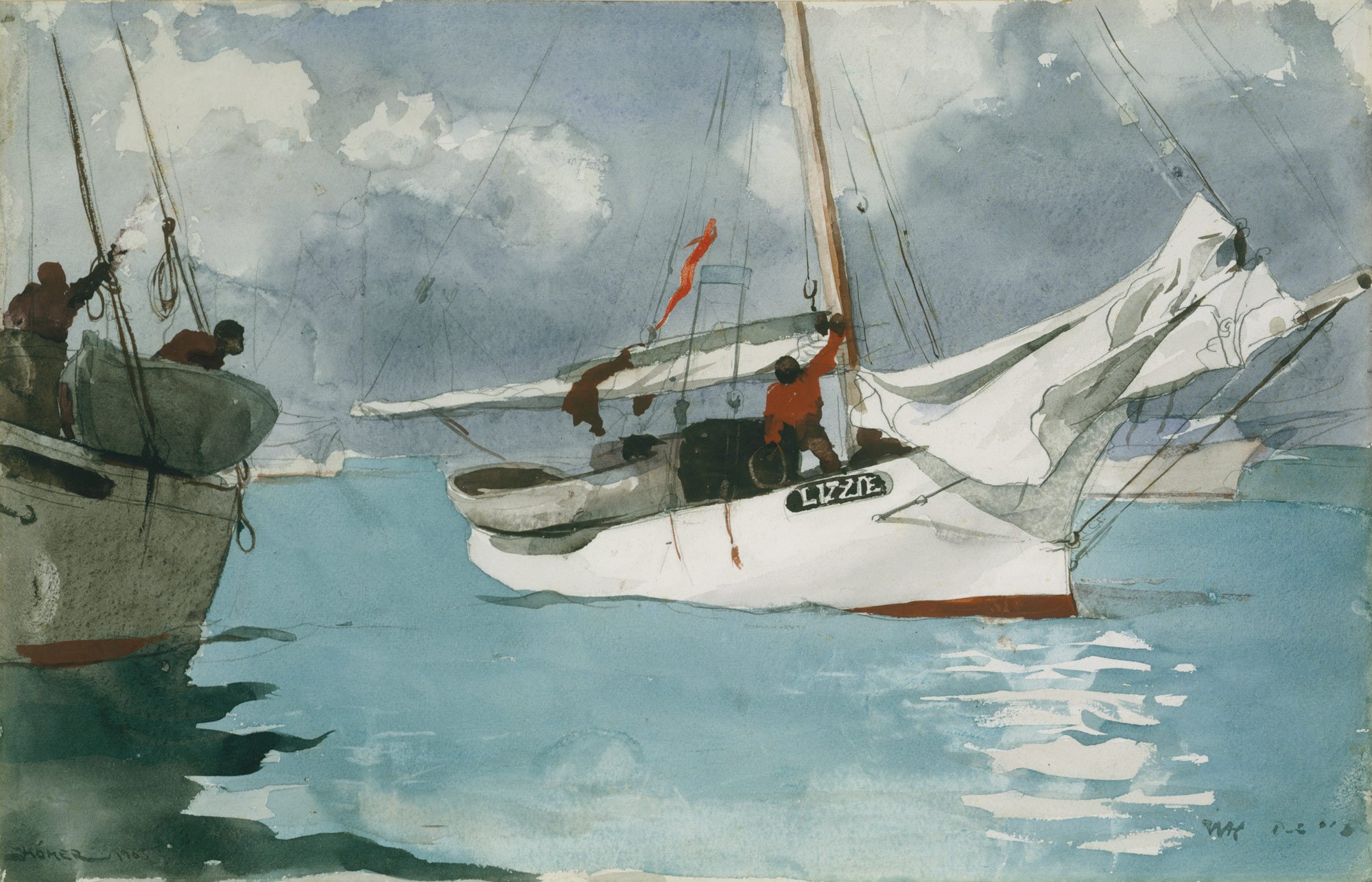
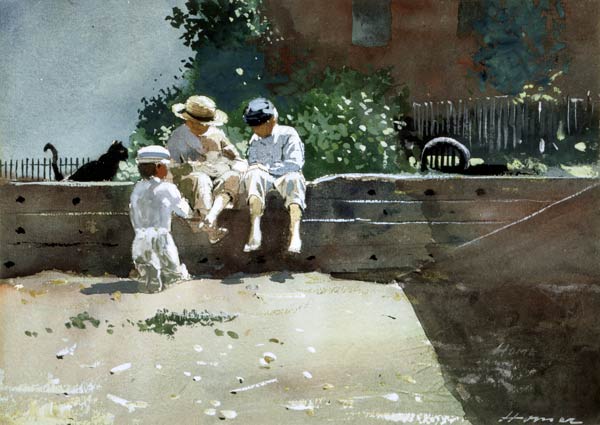
Thanks for Reading!
I appreciate you taking the time to read this post and I hope you found it helpful. Feel free to share it with friends. If you ever want to learn more, check out my Painting Academy course.
Happy painting!
Dan Scott

Draw Paint Academy

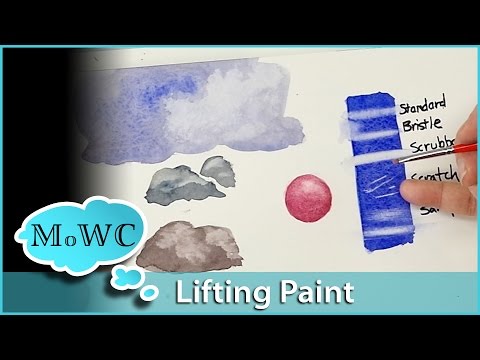
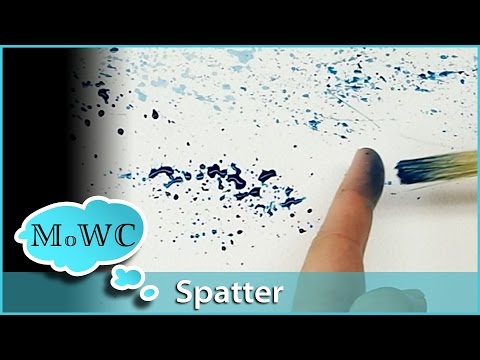
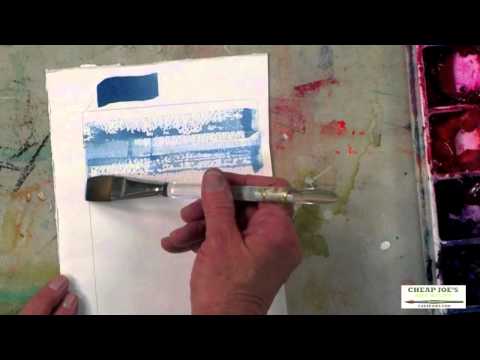
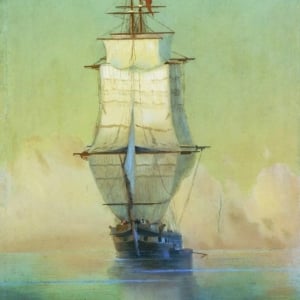
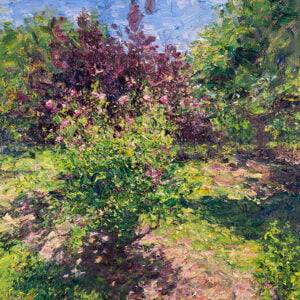

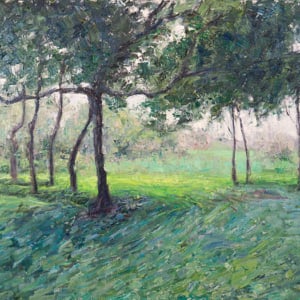
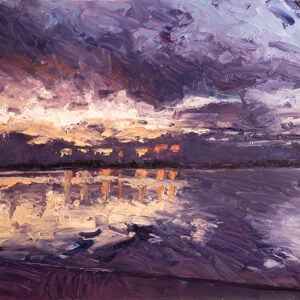

I wanted to thank you for going over some watercolor painting tips. I didn’t know that a hair dryer could be used to speed-up the drying time. I’m interested to learn if the hair dryer should be used gently to make sure it dries correctly or if it’s good to have it on stronger settings to dry it faster.
I can relate to what you said about one of the most challenging aspects of watercolors being the uncertainty of how the colors will interact with each other on paper. My sister has been wanting to get into watercolors for a long time now, but she has just gotten frustrated every time that she tries it. I’ll forward this article to her maybe that will help, but I think I will also help her find a class or demonstration of how to work with the medium so she has an idea of where to start.
Sounds good Sandra. Hope the post is helpful to her. Thanks, Dan
Thank you for your great watercolor painting tips! I want to start painting with watercolors. I will definitely utilize all of your great tips and information when trying to paint with watercolors.